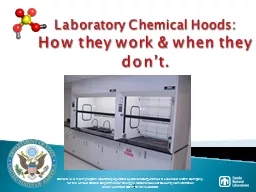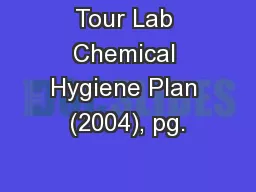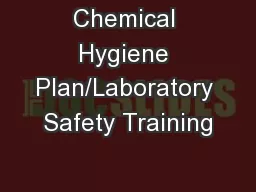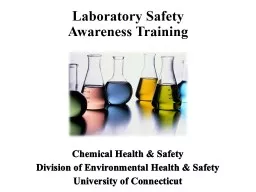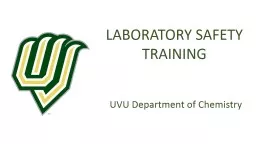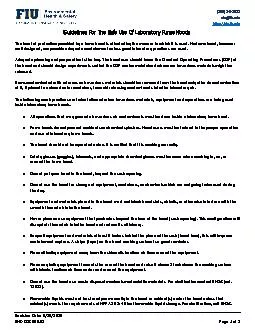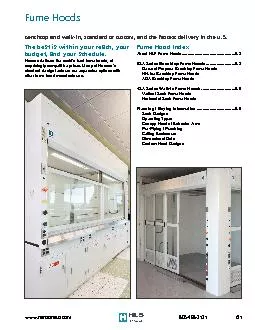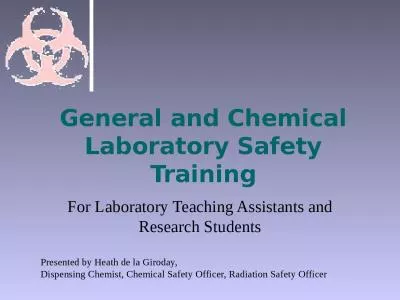PPT-1 Laboratory Chemical Hoods:
Author : luanne-stotts | Published Date : 2016-05-06
How they work amp when they dont 2 Improper Hood Use 3 Laboratory Chemical Hood Also called a fume hood or fume cupboard Designed to limit exposure to hazardous
Presentation Embed Code
Download Presentation
Download Presentation The PPT/PDF document "1 Laboratory Chemical Hoods:" is the property of its rightful owner. Permission is granted to download and print the materials on this website for personal, non-commercial use only, and to display it on your personal computer provided you do not modify the materials and that you retain all copyright notices contained in the materials. By downloading content from our website, you accept the terms of this agreement.
1 Laboratory Chemical Hoods:: Transcript
Download Rules Of Document
"1 Laboratory Chemical Hoods:"The content belongs to its owner. You may download and print it for personal use, without modification, and keep all copyright notices. By downloading, you agree to these terms.
Related Documents

